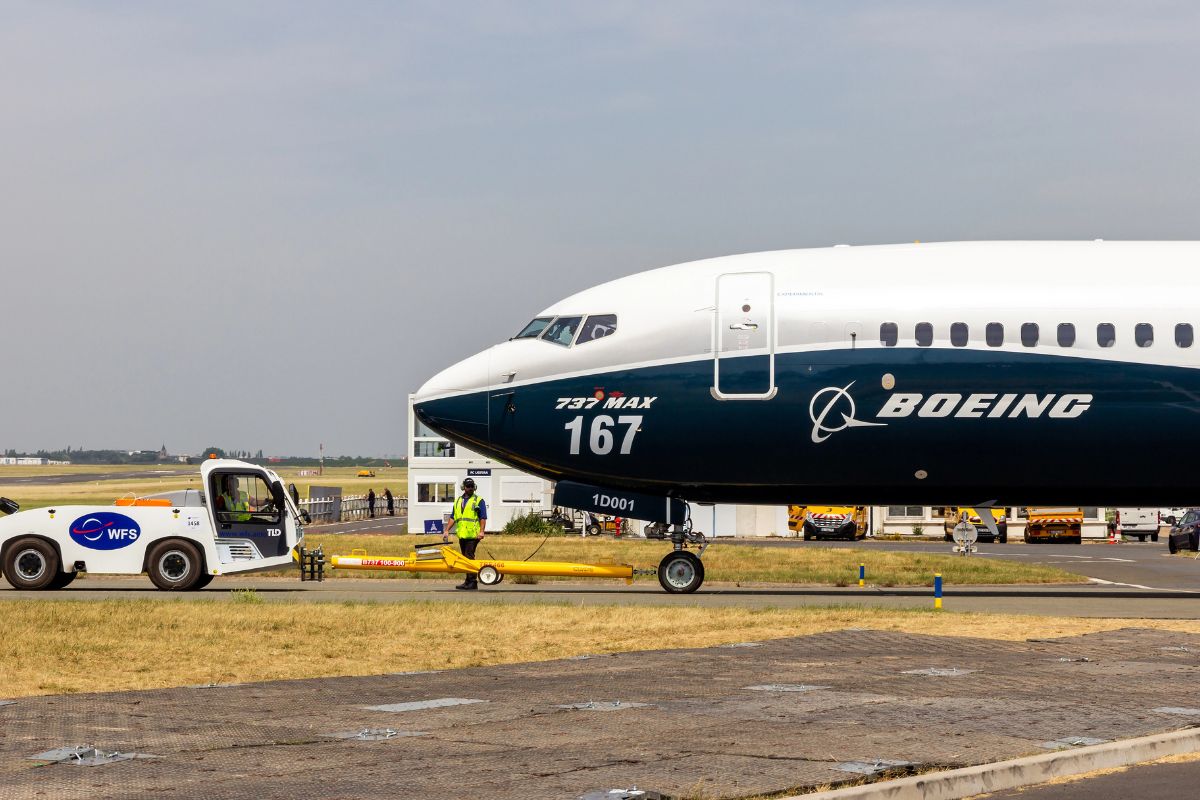Show table of content Hide table of content
Air France Flight AF386 encountered a significant technical issue on June 9, 2025, forcing the Boeing 777 to return to Paris after circling for some time near Guernsey. The aircraft, which was en route to Toronto, landed safely back at Charles de Gaulle Airport after more than two hours in the air. This incident highlights the importance of safety protocols in aviation and the quick decision-making required by flight crews when facing technical challenges.
Technical issue forces Boeing 777 to circle before turning back
Passengers aboard Air France Flight AF386 experienced an unexpected change of plans on Monday, June 9, 2025. The Boeing 777 aircraft departed from Paris Charles de Gaulle Airport bound for Toronto but never reached its Canadian destination. Approximately two hours into the journey, the flight crew detected a technical malfunction west of Guernsey in the English Channel.
The aircraft began circling in a holding pattern while the pilots assessed the situation. After multiple loops, the crew made the critical decision to turn back to Paris rather than continuing across the Atlantic Ocean. This quick decision-making in a potentially dangerous situation demonstrates how aviation professionals must constantly evaluate risks during flight operations.
According to aviation experts, such holding patterns allow flight crews valuable time to consult with ground technicians, evaluate system status, and determine the safest course of action. The circling maneuver, visible on flight tracking systems, typically indicates that pilots are working through their emergency checklists before making final decisions.
While Air France has not disclosed the exact nature of the technical problem, they confirmed it did not compromise the aircraft’s airworthiness. Boeing 777 aircraft are designed with redundant systems that allow for safe operation even when certain components malfunction.
Safety protocols and passenger handling during aviation incidents
The decision to return to Paris was made “in accordance with manufacturer procedures and company guidelines,” Air France stated when contacted about the incident. This standardized approach to handling technical issues ensures consistent safety outcomes across the airline industry.
Modern commercial aircraft operations rely heavily on established protocols that dictate responses to various situations. These procedures have been developed and refined through decades of aviation experience, similar to how emergency rescue operations follow specific protocols to ensure successful outcomes.
Travel On this tourist-favorite island, hiking trails are becoming paid for a good reason.
Flight AF386 landed safely at Charles de Gaulle Airport at 8:57 PM local time. Air France immediately mobilized ground teams to assist the passengers, who had already spent over two hours in the air only to find themselves back at their starting point.
In their official statement, Air France emphasized that “passengers were assisted by Air France teams at the airport and will be rerouted to their destination as soon as possible.” This type of passenger care is standard practice during irregular operations, though the unexpected return undoubtedly disrupted travel plans for everyone aboard.
Airlines typically prioritize rebooking passengers on the next available flights, arranging accommodations when necessary, and providing meal vouchers during extended delays. For international routes like Paris-Toronto, these disruptions can significantly impact connecting flights and subsequent travel arrangements.
Air travel disruptions and their broader impacts
Technical issues in aviation, while inconvenient, represent the industry’s commitment to prioritizing safety above all else. The Boeing 777, a long-range wide-body aircraft, has established a strong safety record since its introduction, though like all complex machines, it occasionally experiences technical challenges.
Travel disruptions caused by technical issues differ significantly from those caused by environmental factors. Unlike extreme weather events that can affect multiple flights, technical problems typically impact individual aircraft and their passengers.
For travelers, such incidents highlight the importance of travel insurance and flexible booking policies. Many passengers on international flights make connections to reach their final destinations, and a single delayed or canceled flight can trigger a cascade of missed connections.
Beyond passenger inconvenience, these incidents create logistical challenges for airlines. When aircraft don’t reach their intended destinations, it affects crew scheduling, maintenance planning, and future flight operations. Airlines must quickly reposition aircraft and crews to minimize further disruptions across their networks.
The AF386 incident serves as a reminder of aviation’s complex nature and the constant balance between operational efficiency and safety. While modern air travel boasts impressive reliability, unexpected events will always require adaptability from both airlines and passengers.
Travel This little-known city is a nightmare for drivers, they lose 15 days a year in traffic jams.
Air France has not indicated whether the affected Boeing 777 has returned to service following the incident. However, standard procedures typically involve thorough maintenance checks before aircraft resume commercial operations. Unlike tragic transportation accidents that result in fatalities, this incident ended safely thanks to proper procedures and quick decision-making by the flight crew.


